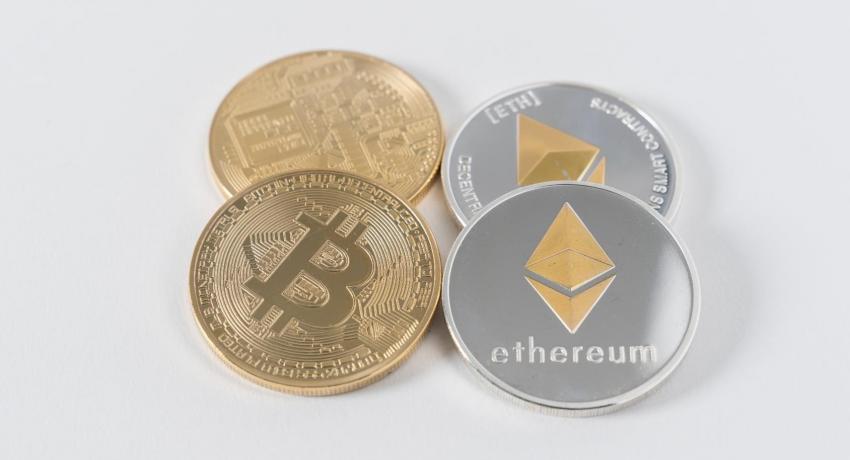Voting on a Blockchain: Voting DApp Code Walk-through
This is the last of the 5 articles I wrote to explain how an end-to-end Balloting system on Ethereum might work. In this segment, I will explain the codes behind the Voting module of the DApp.
- Read more about Voting on a Blockchain: Voting DApp Code Walk-through
- Log in or register to post comments
Voting on a Blockchain: Ballot Management DApp Code Walk-through
This is the 4th of 5 articles to explore the development of an end-to-end Balloting system on Ethereum. In this article, I will explain the codes behind the Ballot Management module of the DApp.
Do check back often as I work on the rest of the articles in this series.
Smart Contract Explained by Demonstration
Ethereum, Bitcoin and many other cryptocurrencies have fallen to new lows in September 2018. Vitalik Buterin, the creator of Ethereum said that Blockchain is now at the stage where we are "Go(ing) from just people being interested to real applications of real economic activity".
- Read more about Smart Contract Explained by Demonstration
- Log in or register to post comments
The Curious Marriage between IPFS & Ethereum
This article builds on the tutorial written by Michael Chan here. In his article, Michael demonstrated how to code a React.js Dapp that writes a file's IPFS hash to an Ethereum Solidity Smart Contract and stores the file in IPFS. Michael Chan's article is a great piece to follow if React.js is what you are seeking.
- Read more about The Curious Marriage between IPFS & Ethereum
- Log in or register to post comments
The Curious Case of 'emit' in Solidity
I have come to enjoy coding in Solidity because it offers so much in innovative features.I have written about the "_" modifier in a previous article. In this article, I wish to document what emit in Solidity does.
- Read more about The Curious Case of 'emit' in Solidity
- Log in or register to post comments
A DApp to capture supper expenses for buddies
This is a continuation of the Going Dutch Smart Contract project that I started on 2nd Sep 2017. It has been a month, which is probably the equivalent of a year if you count in blockchain-time. Geth has gone from 1.6.7 to 1.7.2 and after upgrading my setup, I had to let it run overnight (in fast mode!) to sync my node to the block again.
Objective
- Read more about A DApp to capture supper expenses for buddies
- Log in or register to post comments
Running DApp on a mobile device with Status
This is a continuation of my post about Ethereum on the Cloud and Smart Contract execution with MetaMask. MetaMask is a Google Chrome extension and runs only on desktops. I wanted to execute Dapps on a mobile device on the go. Enters Status. Status is a mobile application on Android and iPhone. It allows you to run Decentralized apps, stores your ETH in a wallet and send/receive ETH from another person. It also runs like chatbot.
Installing Status
- Read more about Running DApp on a mobile device with Status
- Log in or register to post comments
Ethereum Smart Contract execution with MetaMask
Mahesh Murthy has an amazing tutorial to setup an Ethereum environment to develop Truffle Dapps on the Ethereum blockchain. You can read it here. Part 1 of the tutorial explains the architecture of the Ethereum platforms and lets you execute a smart contract via a simple web page that runs locally. The blockchain runs locally using testrpc.
- Read more about Ethereum Smart Contract execution with MetaMask
- Log in or register to post comments










